What is that shinny object in the sky?
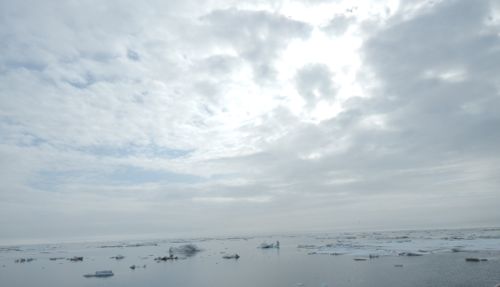
Lead-210
Dr. Lee Cooper team (University of Maryland) is calculating sedimentation rates in the Chukchi Sea. SedimentationThe process by which particles suspended in water settle to the bottom of ground surfaces. rates are the amounts of material that are deposited on the bottom of the ocean/sea in a year. They are measuring the amount of a naturally sediment occurring radioactive isotope Lead-210. Cooper's group also measures the amount of Cesium-137, which is a radioactive fallout product from nuclear bomb testing in the early 1960's (Deanna Wheeler in her August 23, 2012 PolarTREC journal has a detailed description of the chemistry of radiogenic isotopes.)
In pictures, I will describe the process of collecting and preparing the sample to be tested back in Maryland.
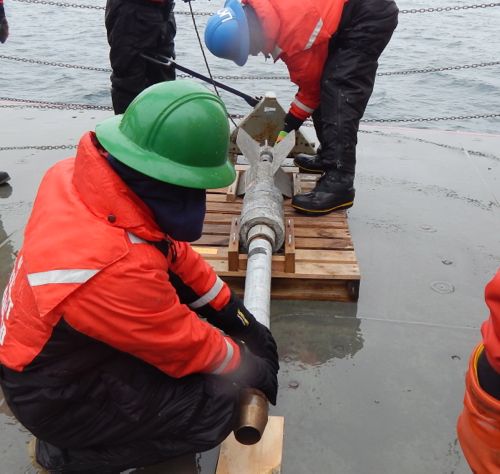
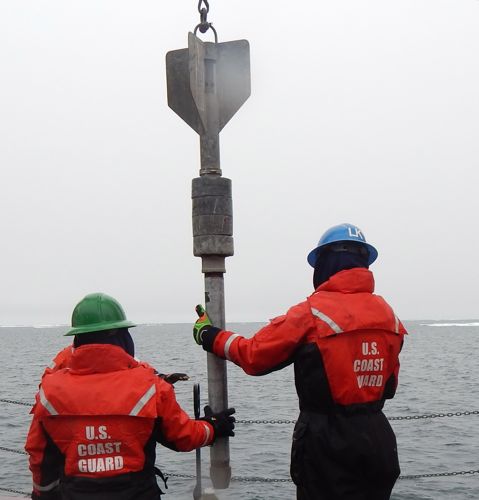
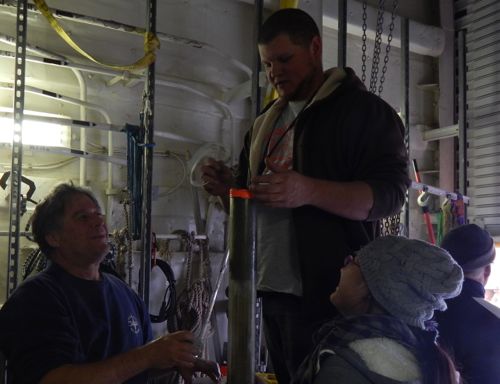
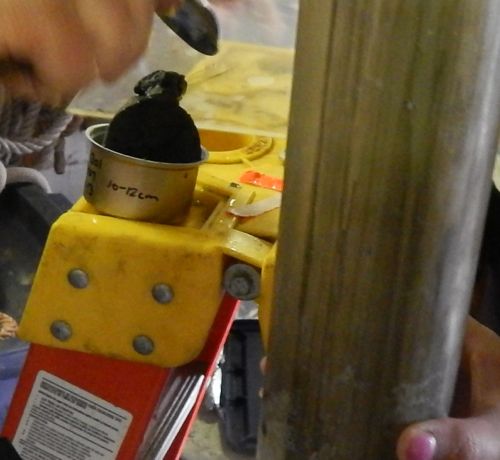
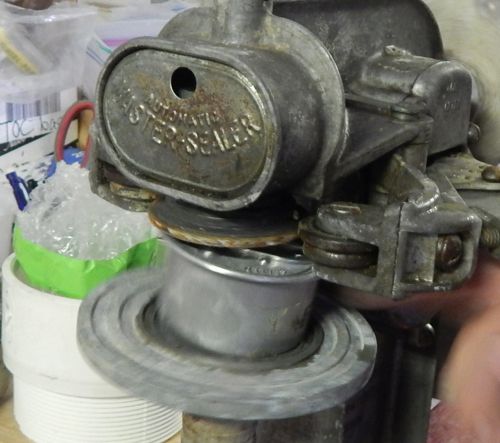
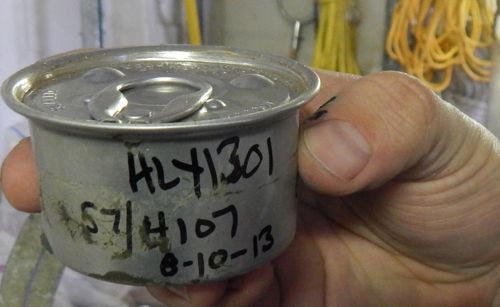
Back in Maryland, a gamma spectrometer is used to measure the amount of Lead 210 and Cesium-137 in each sample. The cans are calibrated by counting known amounts of radioactive isotopes for that particular container size.
This investigation is particularly important to determine the rate as which a sediments are deposited. This information can be used to determine the fate of pollutants in the sediments, such as: how long it will remain in the ocean system, and how long before the contaminant is buried under new sediment.
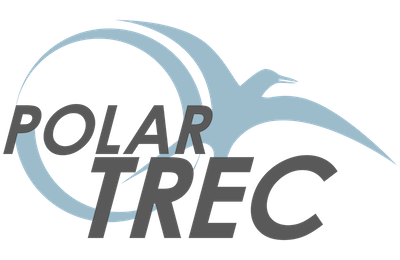

Comments